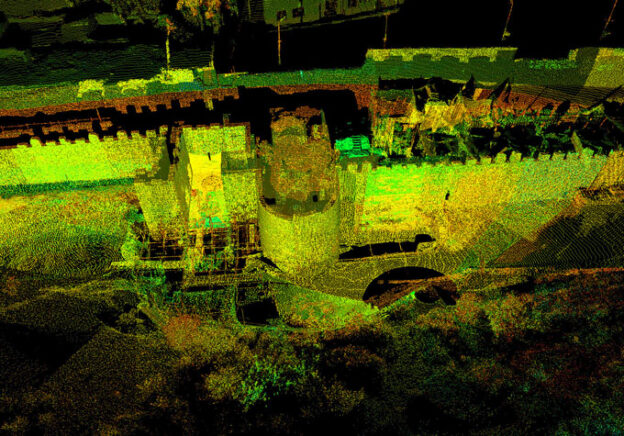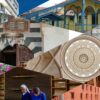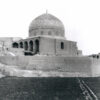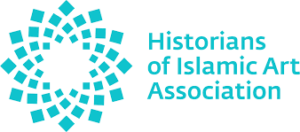 Matt Saba, AKDC Visual Resources Librarian, a and Glaire Anderson, Senior Lecturer in Islamic Art at the University of Edinburgh, have organized and will chair a panel on Digital Humanities + Islamic Visual Culture for the 109th Annual Conference of the College Art Association to be held online February 10-13, 2021. The panel is sponsored by the Historians of Islamic Art Association (HIAA).
Matt Saba, AKDC Visual Resources Librarian, a and Glaire Anderson, Senior Lecturer in Islamic Art at the University of Edinburgh, have organized and will chair a panel on Digital Humanities + Islamic Visual Culture for the 109th Annual Conference of the College Art Association to be held online February 10-13, 2021. The panel is sponsored by the Historians of Islamic Art Association (HIAA).
The panel includes 4 presentations:
- “Soft Eyes: Software’s Visualities and Islamic Art History in the Digital Age” by Hussein Keshani, The University of British Columbia
- “Animating an Amulet: 3D Modeling, Materiality, and a Medieval Arabic Amulet Scroll” by Lyla Halsted, Institute of Fine Arts, New York University
- “Visualizing Creative Collaboration in the Shah Tahmasp Shahnameh” by Yasaman Lotfizadeh, UBC Okanagan
- “Digital Sustainability in DH Projects: The Case Study of Archnet” by Michael A Toler, Aga Khan Documentation Center, MIT Libraries
Matt Saba will be the discussant.
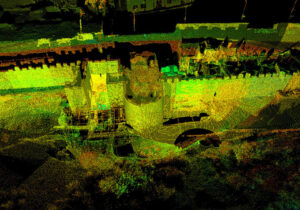
3D point cloud rendering of Bab al-Barqiyya, a gate in the Ayyubid wall of Cairo, scanned by CyArk in collaboration with the Aga Khan Historic Cities Programme
In the last two decades, institutions and organizations have turned to digital tools to document and disseminate global cultural heritage. Digital databases have taken on an increasingly important role in the presentation and preservation of cultural heritage, and have influenced the way in which scholars undertake art-historical research. More recently, visual technologies such as 3D digitization have enabled the virtual experience of art objects and works of architecture. The nonprofit organization CyArk, for example, has led the process to digitally record, archive, and share ‘the world’s most significant cultural heritage’ since 2003, recently partnering with organizations such as Google and Historic Environment Scotland in its efforts. Likewise, major museums such as the Smithsonian and the British Museum have embraced 3D capture technologies as a means to carry out their mission of education and widening access to collections. However, organizations and institutions have not yet adequately addressed Islamic visual culture in such efforts, even amidst the growing calls for decolonization in higher education and digital humanities. Moreover, as Hussein Keshani has observed, in the field of art history and visual culture, Islamic art lags behind other subfields of art history in Digital Humanities research and resources, despite important exceptions like Archnet and the MWNF Discover Islamic Art database. This panel brings together emerging and established scholars to highlight current research and perspectives on digital Islamic art history and visual culture.
This year’s conference is being held online. Presenters have pre-recorded their content, enabling attendees to view the presentations at their own pace during the extended access dates from February 5 to March 15. The discussion and Q&A will take place on Friday, February 12, from 4:00 PM – 4:30 PM.
